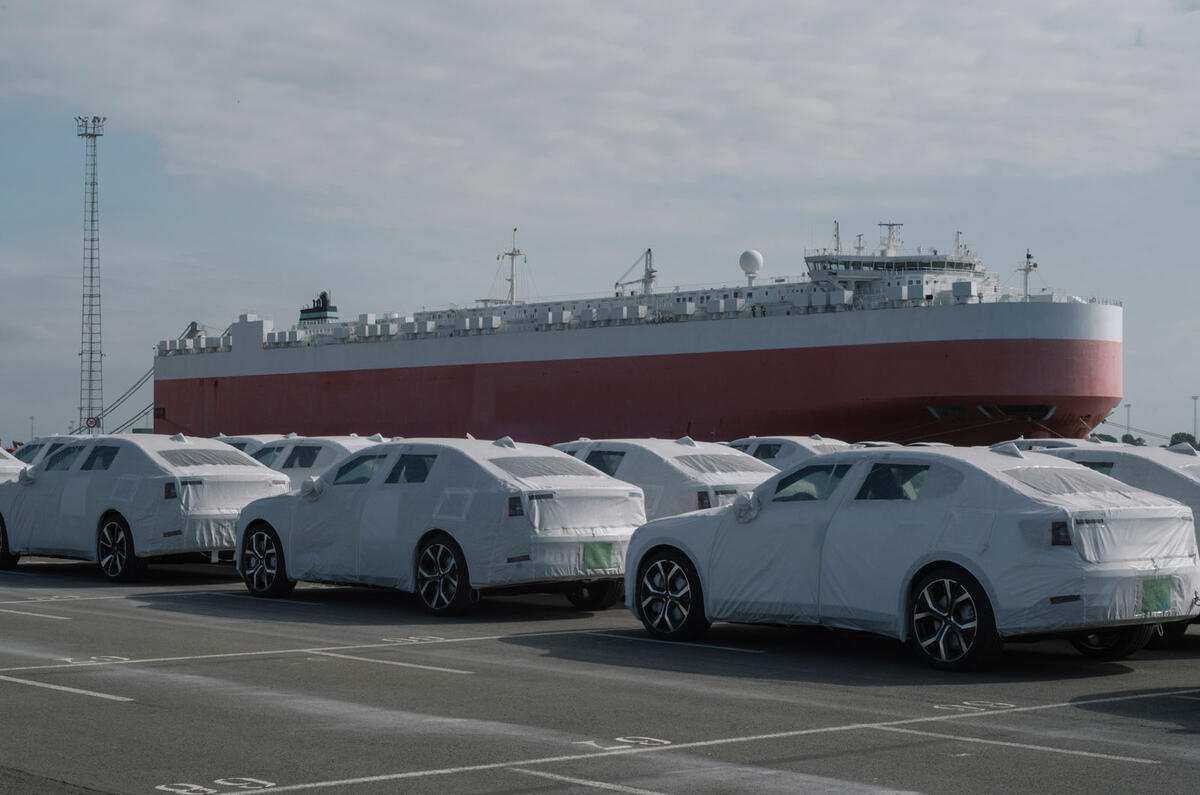In August, Nissan paid what shipping analysts say was a record $100,000 (£83,500) a day to rent the car carrier Lake Geneva, up a whopping 150% from the rate paid 11 months ago.
In its latest earnings call, Nissan confirmed that it had paid an additional ¥19 billion (£114 million) to ship its cars in the six months to the end of September compared with the same period the year before.




Add your comment